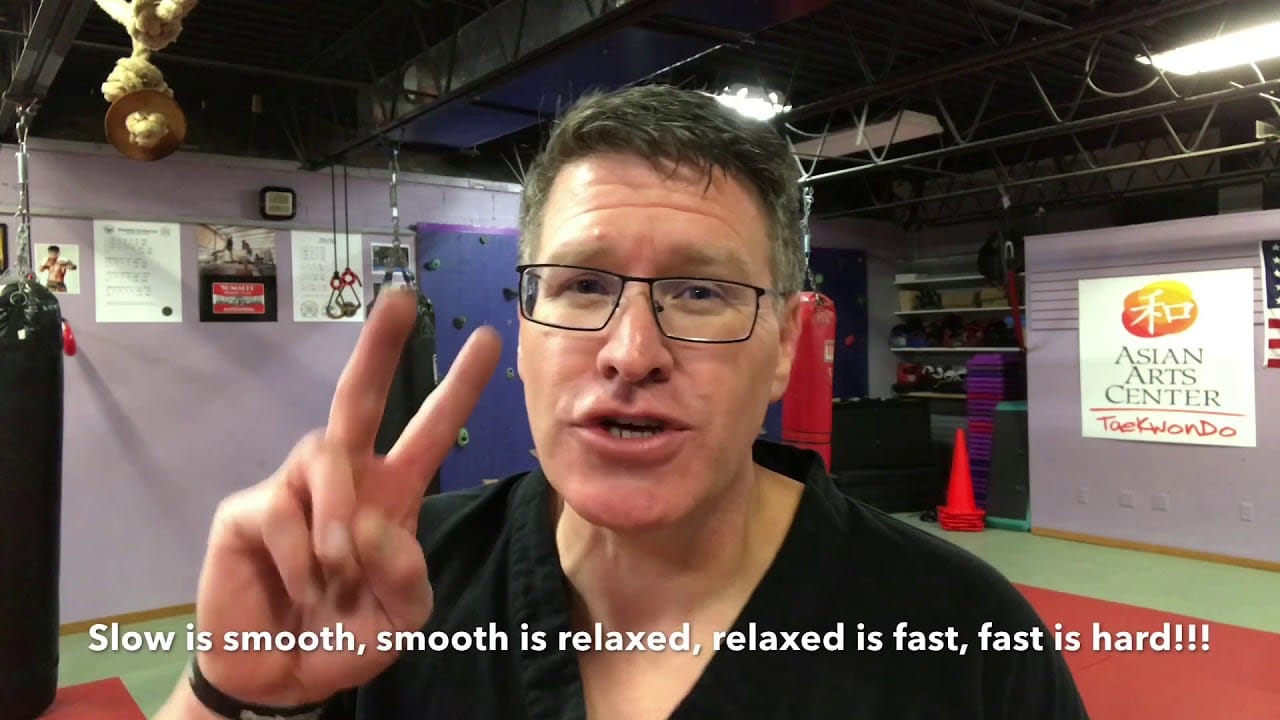Flexibility Unleashed: Stretching for Leg Splits Mastery
Unlocking Your Full Range of Motion with Targeted Stretching Techniques
Welcome to “Flexibility Unleashed,” where we embark on a journey to master the art of leg splits through targeted stretching techniques. In this guide, we’ll explore a comprehensive stretching routine designed to increase flexibility, improve range of motion, and ultimately achieve the coveted leg splits with ease and grace.
Chapter 1: Understanding Leg Splits
Begin your journey by gaining a deeper understanding of leg splits and their benefits. In this chapter, we’ll explore the anatomy of the hips, hamstrings, and groin muscles, as well as the importance of flexibility for achieving proper alignment and preventing injuries while performing leg splits.
Chapter 2: Preparing Your Body for Stretching
Prepare your body for stretching with a dynamic warm-up routine to increase blood flow and flexibility. In this chapter, we’ll explore dynamic movements such as leg swings, hip circles, and lunges to loosen up tight muscles and joints, priming your body for deeper stretching.
Chapter 3: Targeted Stretching Techniques
Discover a variety of targeted stretching techniques to improve flexibility and range of motion in the hips, hamstrings, and groin muscles. In this chapter, we’ll explore static stretches, dynamic stretches, and proprioceptive neuromuscular facilitation (PNF) techniques to lengthen and release tight muscles, gradually working towards the full expression of leg splits.
Chapter 4: Progressive Overload and Consistency
Apply the principles of progressive overload and consistency to your stretching routine to steadily improve flexibility and achieve leg splits mastery. In this chapter, we’ll discuss the importance of gradually increasing the intensity and duration of your stretches over time, as well as the benefits of consistent practice for long-term results.
Chapter 5: Listening to Your Body
Listen to your body and honor its limitations as you progress on your journey to leg splits mastery. In this chapter, we’ll explore the importance of practicing mindfulness and body awareness during stretching, tuning in to sensations of discomfort versus pain, and adjusting your routine accordingly to prevent injury and promote recovery.
Chapter 6: Patience and Persistence
Embrace patience and persistence as key virtues on your journey towards achieving leg splits. In this chapter, we’ll discuss the importance of setting realistic goals, celebrating small victories along the way, and staying committed to your stretching routine, even when progress feels slow or stagnant.
Chapter 7: Injury Prevention and Recovery
Prioritize injury prevention and recovery as essential components of your stretching regimen. In this chapter, we’ll explore strategies for maintaining proper form, avoiding overstretching, and incorporating rest and recovery techniques such as foam rolling, massage, and gentle mobility exercises to keep your muscles healthy and resilient.
Conclusion:
As we conclude our journey through “Flexibility Unleashed: Stretching for Leg Splits Mastery,” may you feel empowered and inspired to embark on your own journey towards achieving the leg splits with confidence and grace. By incorporating targeted stretching techniques, patience, and persistence into your routine, you’ll unlock your full range of motion, enhance your flexibility, and experience the joy and freedom of mastering this challenging but rewarding skill.




